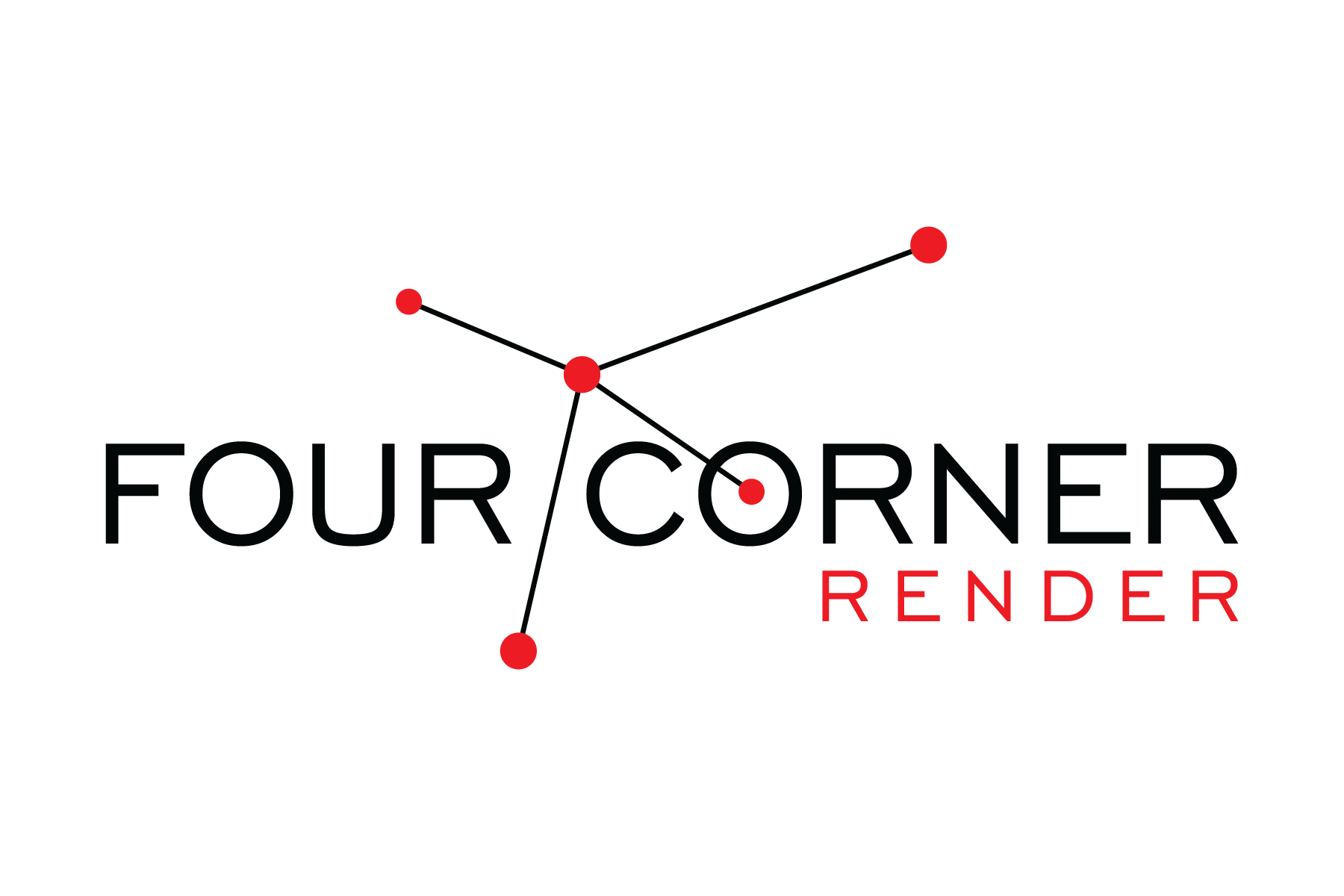Posted On The Corner Number: A Comprehensive Guide To Understanding Its Meaning And Significance
Have you ever come across the term "posted on the corner number" and wondered what it means? This phrase is often used in various contexts, ranging from real estate to urban planning and even mathematics. Understanding its meaning can help you make informed decisions in these fields.
In today's fast-paced world, knowledge about spatial measurements and property boundaries is crucial. Whether you're buying a house, designing a building, or simply curious about how spaces are defined, "posted on the corner number" plays a significant role. This guide will delve deep into the concept and explain why it matters.
By the end of this article, you'll have a clear understanding of the term, its applications, and its relevance in modern contexts. Let's get started!
- Royal Family Christmas Walk 2024
- Mercury Square Uranus Astrology
- Country Songs In Movies
- Silvion Ramsundar
- Kelly Clarkson Red Carpet
Table of Contents
- Introduction to Corner Numbers
- Historical Context of Corner Numbers
- Role in Real Estate
- Applications in Urban Planning
- Mathematical Perspective
- Variations and Related Terms
- Legal Implications
- Technology and Corner Numbers
- Real-Life Examples
- Future Trends
- Conclusion
Introduction to Corner Numbers
What Are Corner Numbers?
The term "posted on the corner number" refers to the numerical designation assigned to specific corners of a property or structure. These numbers are typically used in legal documents, architectural blueprints, and urban planning maps. They serve as reference points for identifying boundaries and ensuring accurate measurements.
In real estate, corner numbers are critical for property surveys and title deeds. They help prevent disputes by clearly defining where one property ends and another begins. Understanding these numbers is essential for anyone involved in buying, selling, or developing land.
Historical Context of Corner Numbers
The concept of corner numbers dates back centuries. Ancient civilizations, such as the Egyptians and Romans, used markers to define property boundaries. Over time, this practice evolved into the modern system of assigning numerical values to corners, making it easier to document and verify land ownership.
Evolution of the System
- Early civilizations relied on physical markers like stones or trees.
- Medieval Europe introduced written records to complement physical markers.
- Modern systems incorporate advanced technology, such as GPS, to enhance accuracy.
Role in Real Estate
In the real estate industry, "posted on the corner number" is a term frequently encountered during property transactions. It is used to describe the specific coordinates of a property's corners, which are crucial for creating accurate surveys and legal documents.
Why Are They Important?
Corner numbers ensure that all parties involved in a transaction have a clear understanding of the property's boundaries. This reduces the likelihood of disputes and ensures compliance with local regulations.
Applications in Urban Planning
Urban planners rely heavily on corner numbers to design efficient city layouts. By assigning numbers to specific corners, they can create detailed maps that guide infrastructure development and zoning regulations.
Key Benefits
- Improved traffic flow through better road design.
- Enhanced public safety by clearly marking emergency routes.
- Facilitated property development through precise boundary definitions.
Mathematical Perspective
From a mathematical standpoint, corner numbers can be analyzed using geometry and trigonometry. These disciplines help calculate angles, distances, and other spatial measurements associated with property corners.
Practical Applications
Mathematical analysis of corner numbers is particularly useful in:
- Creating accurate architectural designs.
- Developing computer models for urban planning.
- Solving complex spatial problems in engineering projects.
Variations and Related Terms
While "posted on the corner number" is the most common term, variations exist depending on the region and industry. Some related terms include:
- Boundary markers
- Survey points
- Corner coordinates
Regional Differences
Different countries and regions may use slightly different terminology. For example, in some parts of the world, corner numbers are referred to as "corner identifiers" or "property tags."
Legal Implications
From a legal perspective, corner numbers are vital for resolving property disputes and enforcing zoning laws. They provide a standardized method for defining property boundaries, which is essential for maintaining order in both urban and rural areas.
Case Studies
Several high-profile legal cases have highlighted the importance of corner numbers. For instance, a recent dispute in a major city was resolved by referencing the corner numbers outlined in the original property survey.
Technology and Corner Numbers
Advancements in technology have revolutionized the way corner numbers are used. Modern tools like GPS and geographic information systems (GIS) have made it easier to map and analyze property boundaries.
Modern Tools
- GPS devices for precise location tracking.
- GIS software for creating detailed maps.
- Drones for aerial surveys and data collection.
Real-Life Examples
To better understand the concept of corner numbers, let's look at some real-life examples. These cases demonstrate how corner numbers are applied in various industries and situations.
Example 1: Residential Property
In a residential neighborhood, corner numbers were used to resolve a long-standing dispute between two neighbors over property boundaries. By referencing the original survey, both parties were able to reach an agreement.
Example 2: Commercial Development
A large commercial development project utilized corner numbers to ensure compliance with zoning regulations. This helped prevent delays and legal issues during construction.
Future Trends
The future of corner numbers looks promising, with ongoing advancements in technology and data analysis. As cities continue to grow, the need for accurate property mapping will only increase.
Predictions
- Increased use of AI for analyzing corner numbers and property data.
- Integration of blockchain technology for secure property records.
- Development of new tools for simplifying the corner number system.
Conclusion
In conclusion, "posted on the corner number" is a vital concept with wide-ranging applications in real estate, urban planning, and mathematics. Understanding its meaning and significance can help you make informed decisions in these fields.
We encourage you to share your thoughts and experiences in the comments section below. Additionally, feel free to explore other articles on our site for more insights into related topics. Together, let's continue learning and growing in our knowledge of property and spatial measurements!
Data Source: Statista, United Nations, and various academic journals.
- Why Did Mike Tyson Show His Ass
- Matt And Amy Divorce
- Kelly Clarkson Red Carpet
- Anne Hathaway Jeans
- Girl Who Killed Herself After Being Bullied 2024 Aubrey

four corner render

PHONE Corner

The College Corner